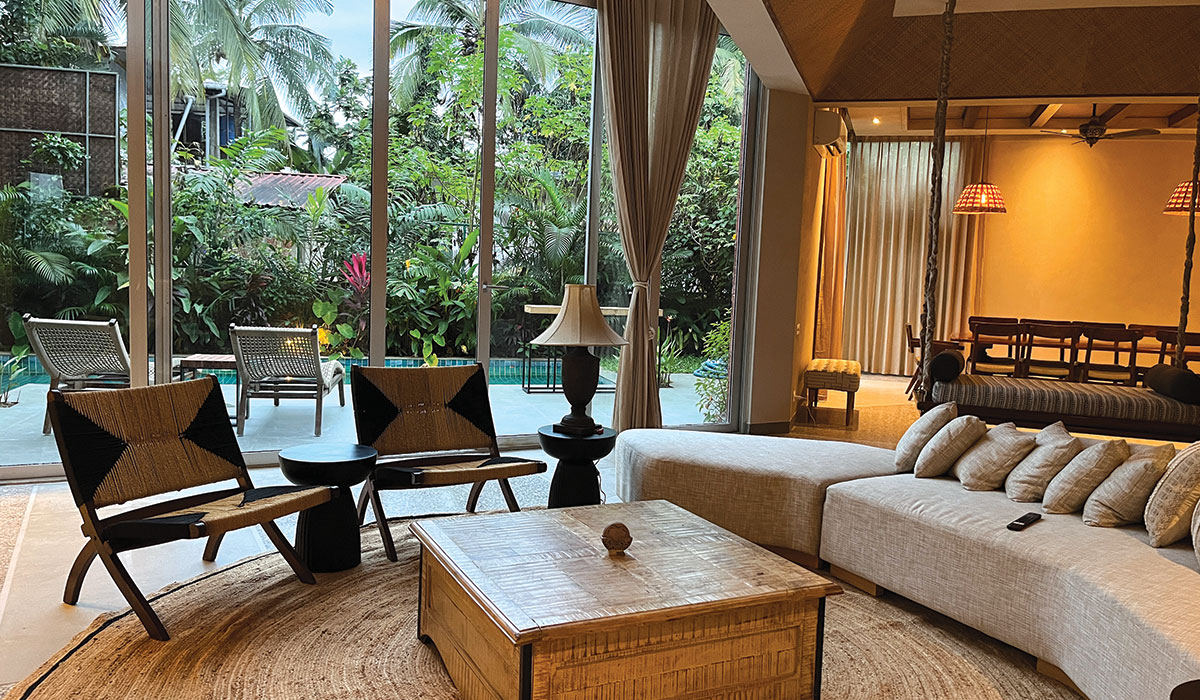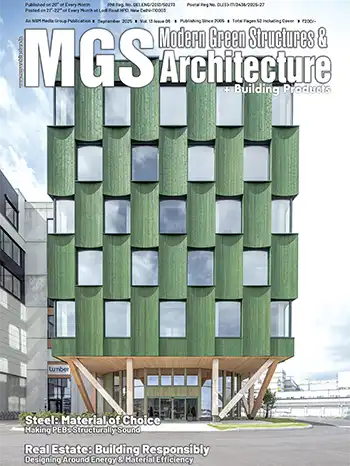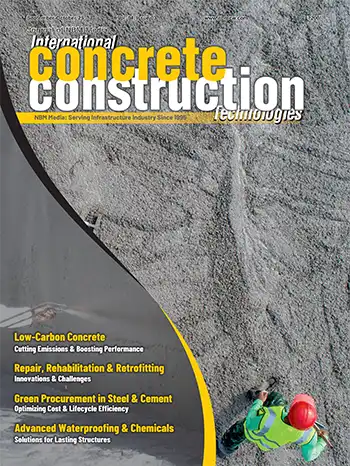Interior design trends seek to have a positive impact on the planet by embracing sustainability and biophilic principles. Strategically integrating these into architecture can create a world that stays intact for future generations.
Chhaya Sharma
Furthermore, renewable materials like hempcrete, bamboo, and cork are becoming more popular. Bamboo is a substitute for conventional hardwoods since it grows quickly and uses few resources. Due to its insulating qualities, cork is employed in wall and flooring applications. Made from hemp fibers, hempcrete is a carbon-negative bio-composite material that offers superior insulation.

Living walls and vertical gardens are design features that encourage environmental consciousness without sacrificing functionality. To add small touches of visual fascination to a room, designers also experiment with organic materials, textures, and fittings inspired by nature.
















